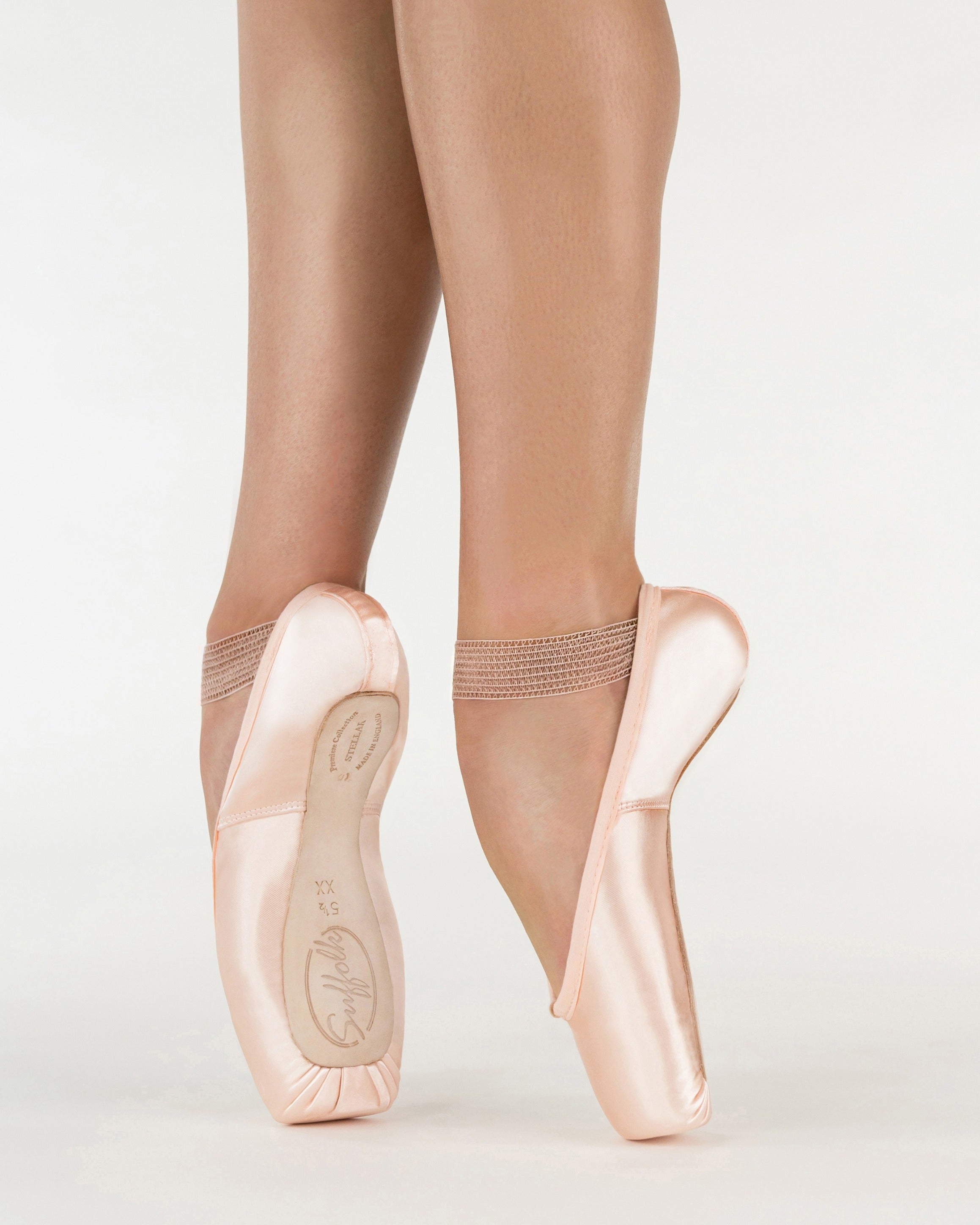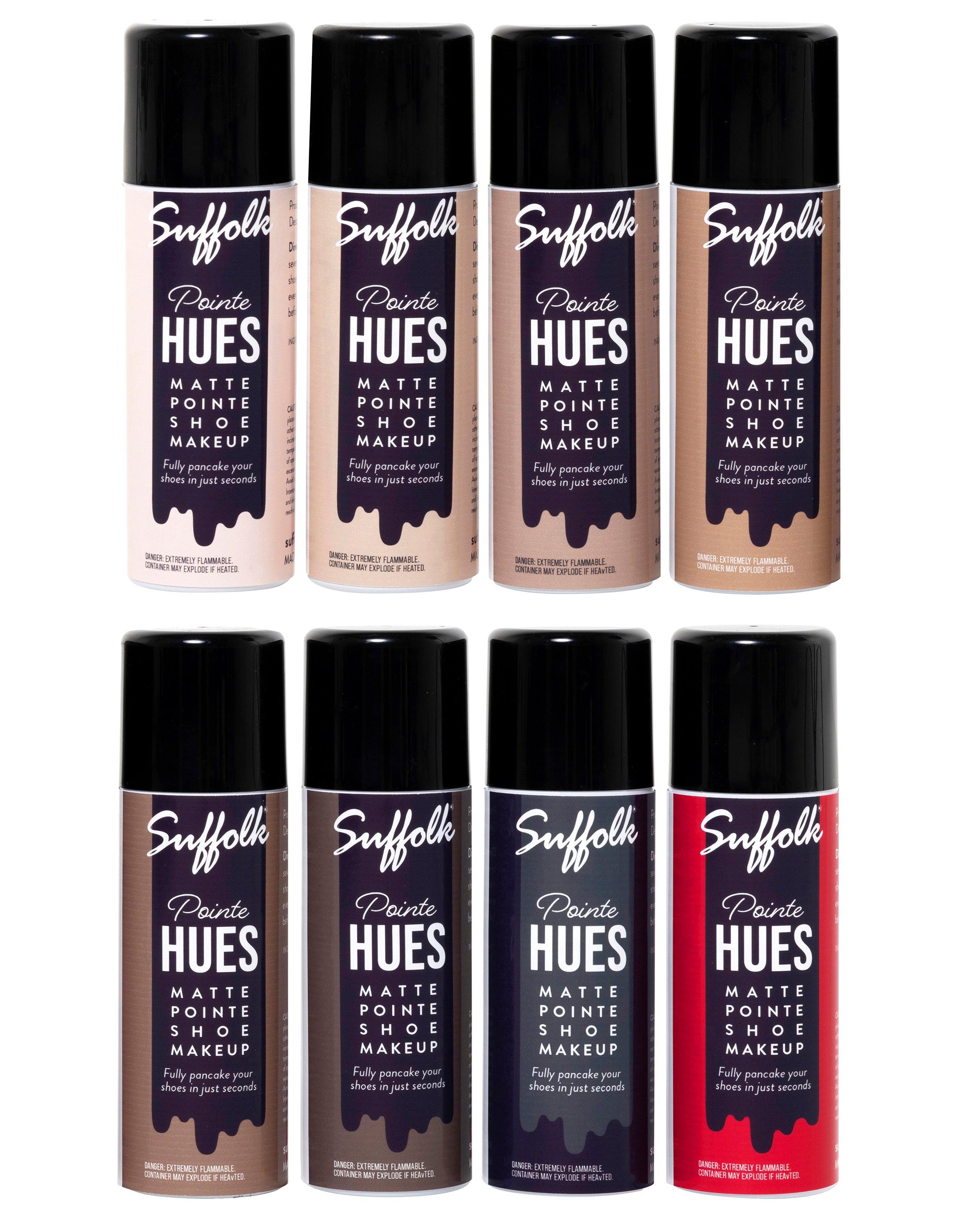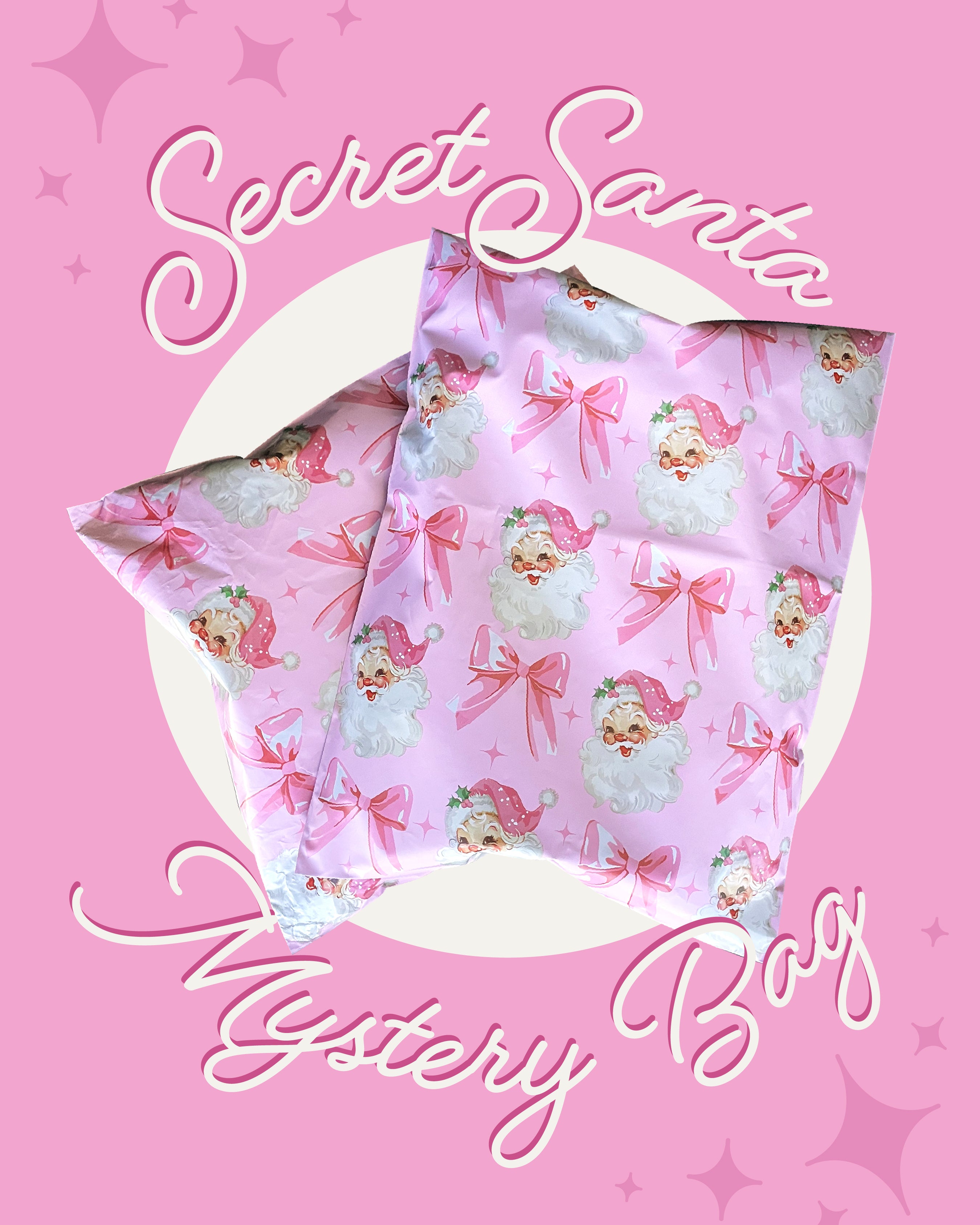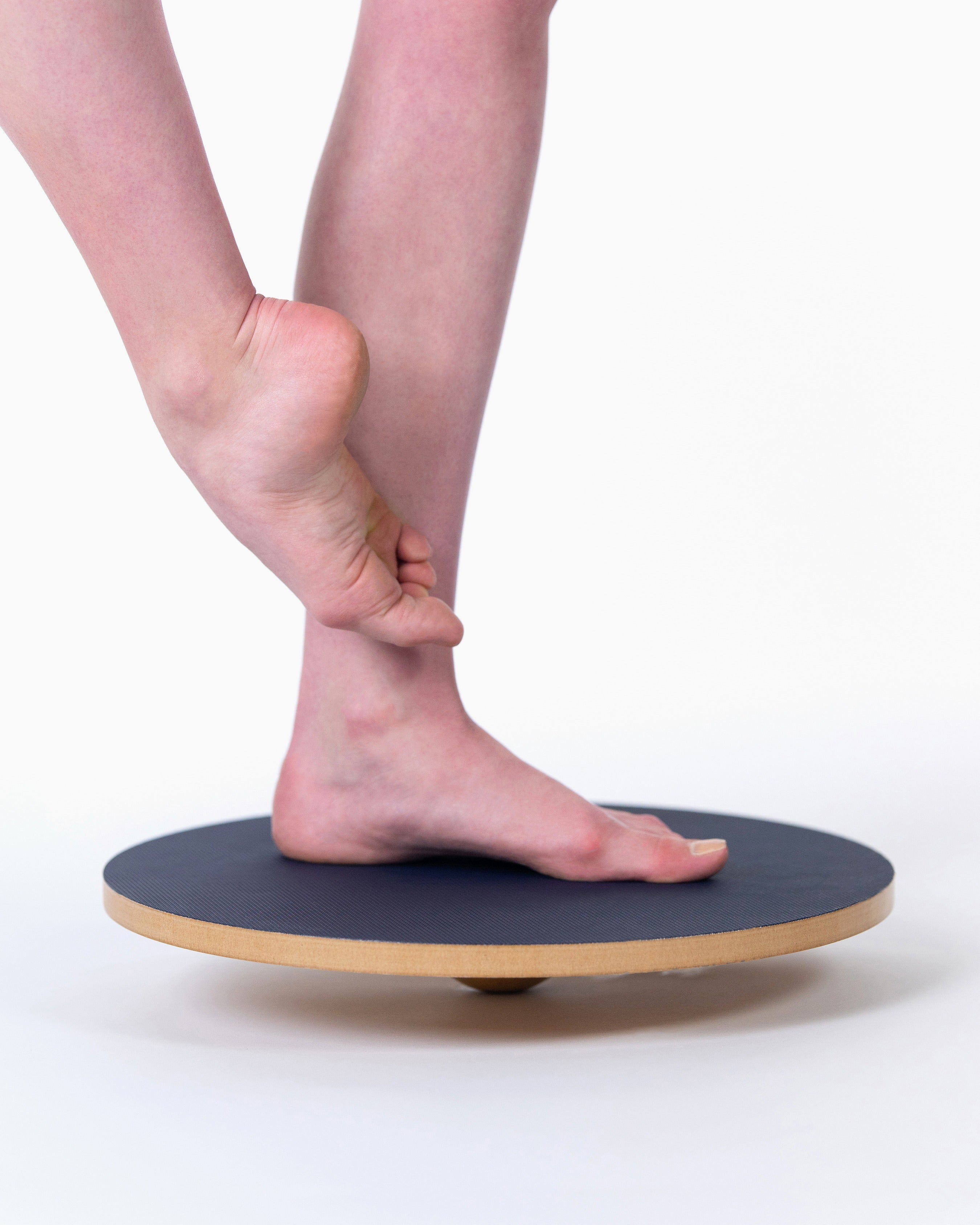Keri Suffolk answers dancers' most frequently asked questions..
How long do pointe shoes last?
The time one pair of pointe shoes can be worn before they die varies from dancer to dancer. Factors to consider are the type of training the dancer receives, the amount of time the dancer rehearses, the skill level of the dancer, and the amount of time the dancer spends in center versus at the barre. If the dancer is “sitting” in the shoe or is not able to pull up from their core, the shoes will last a shorter amount of time. If the dancer is rehearsing a challenging piece with many hops or jumps, the shoes will last a shorter amount of time. If the class is structured to spend most of time at the barre and the last 10-15 minutes of class en pointe, the shoes will last a significant amount of time longer.
Why darn your pointe shoes?
Many dancers feel that darning the platform with a chain stitch allows:
- More contact with the floor.
- More stability from having a larger platform area.
- Less slipping due to the mercerized thread.
Many dancers use darning as a means to customize their shoes:
- Using ladder stitch to reduce the side satin.
- Using the thread to sew up a vamp that is too low.
Below are examples of the two most popular stitches for darning shoes.


Can pointe shoes be cleaned?
A small mark can be carefully removed from the satin of the shoe with alcohol or acetone. Use a cotton ball and clean the entire area rubbing with the warp of the fabric. Clean the entire section of the shoe to prevent water stains. For example, if the mark is on the side of the heel, clean from the backstrap all the way to the side seam. It is not recommended to try to clean large marks or entire sections of traditional pointe shoes made with paste. Anytime the shoe is wet, the paste will start to deteriorate. Wetting the pointe shoes will also leave water stains on the satin of the shoe, which are often more noticeable than the original mark. Most dancers find it helpful to trim the frayed satin with scissors around the platform to clean up the appearance of the shoes. Pancaking the shoes with a low-water content makeup will also cover marks on dirty shoes.What pointe shoes are best for beginners?
The best pointe shoe is always the shoe that fits the shape of your foot the best. Beginners need to make sure the shoe offers enough support in the toe box and wings of the shoe to help maintain their placement and alignment while they are developing their motor memory for working their pointe shoes. The shank should also offer support while allowing the dancer to roll up en pointe and find her balance over the platform of the shoe.How should my pointe shoes fit?
The correct fitting of a pointe shoe is crucial and can be ever changing. Dancer’s feet change as they mature in their training and muscle development. We recommend reviewing the fit of your shoes at least three to four times a year until your 23rd birthday, since our bones and joints do not complete their final ossification (hardening and joining) until this age.
Shoes must NEVER be fit with growing room! The shoes must fit snugly; otherwise it will cause blisters, calluses, bruises on joints, or injuries to the ankles and toes. Shoes that are too large make it impossible to achieve proper support and balance.
We recommend always measuring both feet with a Brannock device. When a dancer’s feet are more than one half size different in length or more than one size different in width, we recommend purchasing two pair of pointe shoes. Since there are no “left” or “right” shoes, the dancer gets two pair of shoes with the purchase.
Pointe shoes must feel right and look right. The goal of fitting pointe shoes is to have them fit like a glove, providing support and helping the dancer achieve proper placement. Since the fitter cannot see inside the shoe, the more information the dancer can give the fitter about the way the shoe feels, the better chance the wear has of getting a perfectly fitted shoe.

- Check the length. There should be only a small pinch of fabric in the heel, if any at all. When en pointe, the heel should line up with the end of the insole.
- Check the width. Toes should be flat, not crossed, with slight pressure on the sides.
- Plie in second position. When flat, toes should touch the end of the box without bending.
- Go to the barre and bourre a few times to see if you sink into the shoe en pointe. Your feet should be supported and held in place without moving up and down.
What is the best way to prepare to for a pointe shoe fitting?
- Be fit in the afternoon. As circulation increases during the day, feet tend to swell.
- It is very helpful if your feet are stretched.
- Make sure your feet are clean and toenails are properly filed. The nails should never be allowed to pass the tips of the toes and should be rounded at the corners. Nails should be filed instead of cut to prevent ingrown toenails.
- Wear tights to your fitting to insure a proper fit.
- Bring all toe pads and other products worn in shoes to each fitting.
- Bring your old pointe shoes so your fitter can evaluate the wear patterns on your shoes.
- Be prepared with a list of things you liked and disliked about your current shoes. Consider keeping a pointe shoe journal of all the shoes you have worn.
- Bring a list of corrections you receive in class.
- Tell your fitter how much you dance every week.
- Be open minded and prepared to try on as many shoes as possible.
- Make sure you have plenty of time to work with the fitter, so you are not rushed to leave before the fitting is complete.
Which Toe Pad Is Right For Me?
Toe pads are a widely debated topic in the dance world. We always suggest that dancers defer to their teacher on this issue. Some teachers believe less is more and want the beginning student to develop tough toes early in pointe work. There are numerous products on the market, and your teacher will guide you during your first few years en pointe. We prefer our fabric covered gel toe pads that offer a thin layer protection while still allowing you to work your feet and feel the floor.
No matter which product is chosen, with the additional padding on the foot, the toes must reach the edge of the inside of the platform allowing the dancer to feel the floor while dancing.
Why do you need to feel the floor? When a dancer is beginning pointework, they are learning to articulate their foot and go all the way en pointe. The dancer needs to feel their footwork and feel the shoe and the floor. Their muscles are developing memory of the new movements, and bulking padding makes learning the new movements difficult.
What is the difference between pointe shoes and ballet shoes?
Ballet shoes are soft slippers made from leather or canvas. They usually have a suede sole and a piece of elastic across the ankle to hold the shoe on the foot. Ballet shoes are worn by dancers in class and rehearsals when they will not rise onto pointe. They can have a full suede sole or a split sole with two pieces of suede, one under the ball of the foot and a second under the heel of the foot. Ballet shoes are also known as technique shoes or soft shoes to ballet dancers.
Pointe shoes have a hard toe box and a hard shank, or insole. They have much more structure than a soft ballet shoe. Pointe shoes are designed as a tool for the dancer to rise onto pointe while dancing. They provide support and allow the dancer to elevate with the help of engaged core muscles.


How do I take care of my pointe shoes?
To increase the life of your shoes, pointe shoes should be hung up to dry after each wearing. Moisture inside the shoe from your foot sweating in class breaks down the toe box extremely quickly. Drying the shoes completely between classes will allow the toe box to re-harden.
Dancing on a damp box will cause your shoes to die quickly. A mesh bag is a great storage tool because it allows air to naturally dry your shoes. Hang your shoes up for at least 48 hours to insure they are dry before placing them back into your dance bag. If you throw damp shoes into your big dance bag, another pair of shoes or a book could crush your pointe shoes and cause them to dry misshapen. Hanging them up will allow them to dry in the shape of your foot, allowing them to fit better and be more comfortable. Avoid leaving your toe pads or other items inside of your pointe shoes when not wearing. These items will prevent your shoes from drying out.
Advanced dancers who dance everyday are advised to purchase two or three pairs of shoes and alternate wearing them to rehearsals to allow each pair to dry completely. This drying method is one of the few ways to extend the life of your shoes.
Remember that pets LOVE the smell of your pointe shoes and think they are an expensive toy. Keep your shoes safely stored at home so pets cannot chew them up.
*Pro Tip—Newsprint crumbled into a ball and placed into the toe box will help draw the moisture out faster.
When to get new pointe shoes?
Beginners frequently outgrow their shoes before they wear them out. Your shoe is worn out if it is soft or mushy at the toe box or shank. If you push on the platform with your thumb and it feels like playdough, it is time for a new pair. If you can easily bend your shank in half with no resistance from the shoe, it is time for a new pair. Sometimes the box or shank will crack or bend severely out of shape when the shoe is in need of replacement. In any of these cases, the shoe is no longer providing the necessary level of support and must be replaced immediately. The condition of the satin covering is not a reason to get new pointe shoes.
How are pointe shoes made?
Traditional pointe shoes are made by the ‘Turnshoe’ technique, which was the method originally used for all pointe shoes. The shoe is made inside out on a last, by hand pasting a toe box into the shoe and stitching a leather sole onto a satin upper. The shoe is then turned the right way and placed back on a last. The shoemaker hammers the toe box into the perfect shape, inserts the shank, and then places the shoe in an oven to dry.
Other methods for making pointe shoes include pre-made boxes made of traditional materials or plastic, and shoes that are machine produced or just glued together for faster and cheaper construction.
What are pointe shoes made of?
Your pointe shoe is handmade from a satin upper, a leather outer sole, and an insole or shank. It is stitched together on a special machine made just for ballet shoes. Your toe box is made from layers of burlap, special paste, and cardstock. Your shoe is baked in a hot oven to cure and harden the box.


















